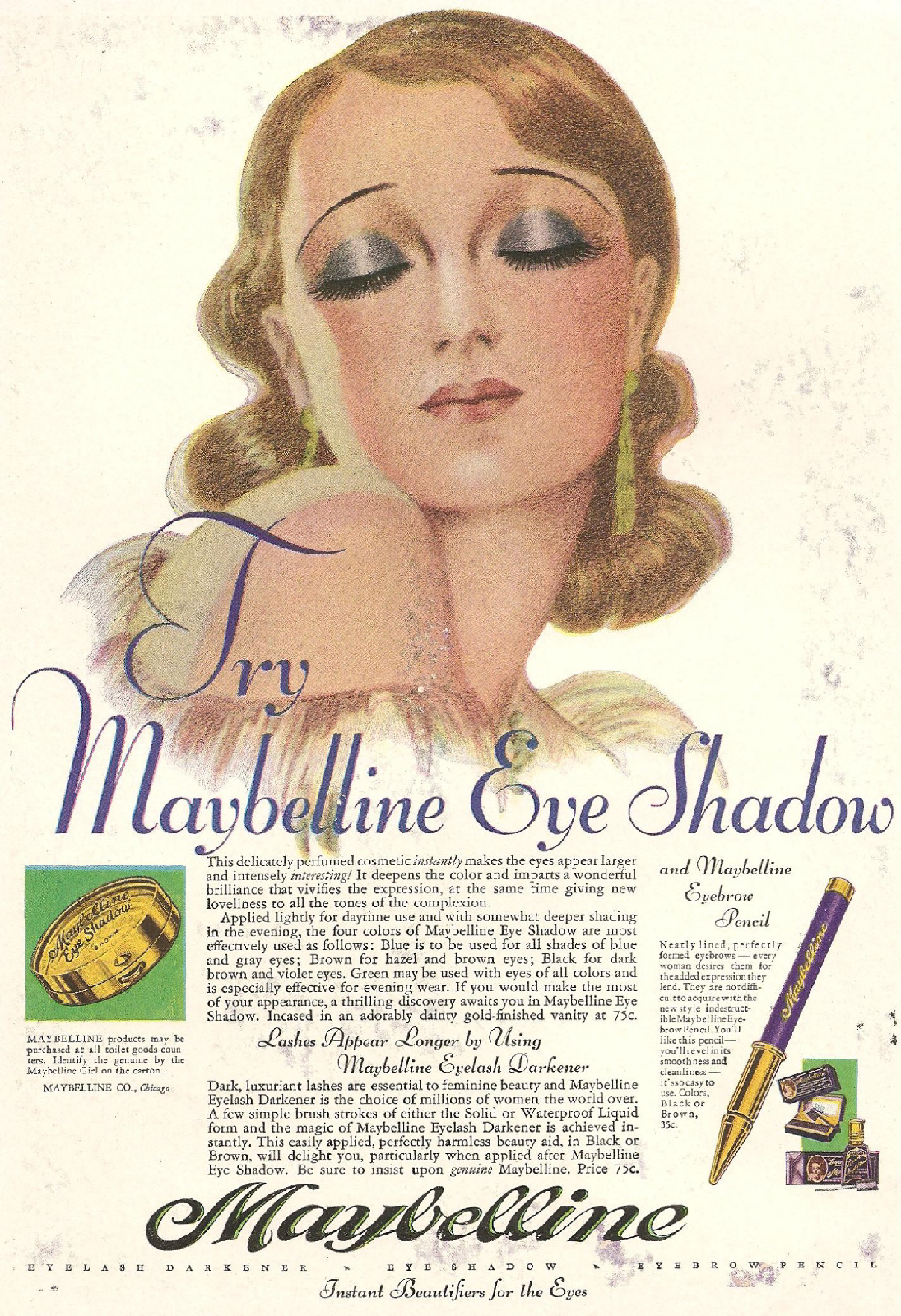Harold "Rags" Ragland played a pivotal role in transforming Maybelline from a small mail-order business into a major player in the cosmetics industry. Joining the company in 1933 as a marketing executive, he brought professional direction to its sales and promotion efforts during a critical growth period. Ragland shut down the inefficient mail-order operation, streamlining distribution by addressing logistical issues and forging new sales channels through chain and department stores. This shift broadened Maybelline’s reach beyond its original customer base.
One of his key innovations was making the ten-cent "purse size" mascara widely available, tapping into the affordability trend during the Great Depression. He also introduced eye-catching display cards that could be hung prominently in stores, replacing cluttered counter stacks with a more strategic merchandising approach. These cards initially featured the "Maybell Girl" but were updated in 1936 to a modern design, signaling a break from the outdated Maybell Laboratories branding. His efforts significantly boosted visibility and sales.
Ragland’s impact extended to the company’s leadership structure as well.
As the only top executive outside the Williams family, he provided an outsider’s perspective while working closely with founder Tom Lyle Williams and his brother Noel. By 1934, his strategies had strengthened Maybelline’s cash flow enough to allow Tom Lyle to acquire competing mascara businesses, cementing its dominance in the American eye makeup market. Ragland’s marketing savvy and operational overhaul were instrumental in elevating Maybelline from a modest outfit at Ridge and Clark in Chicago to a globally recognized brand


No comments:
Post a Comment